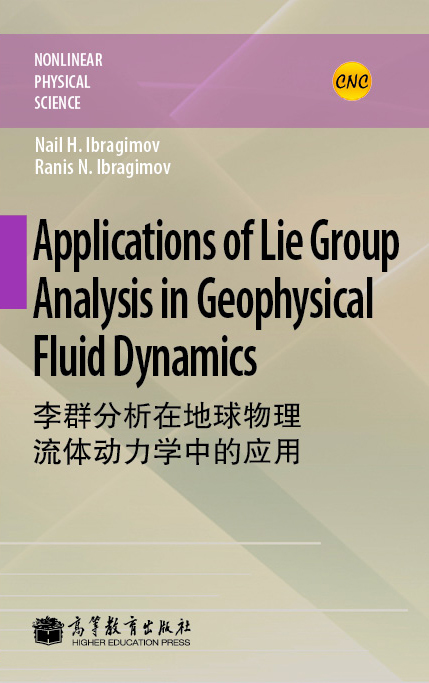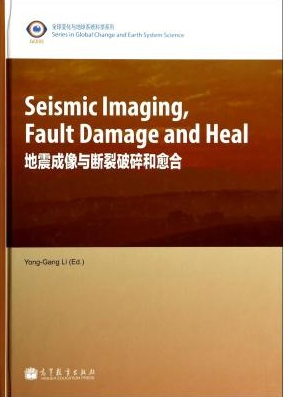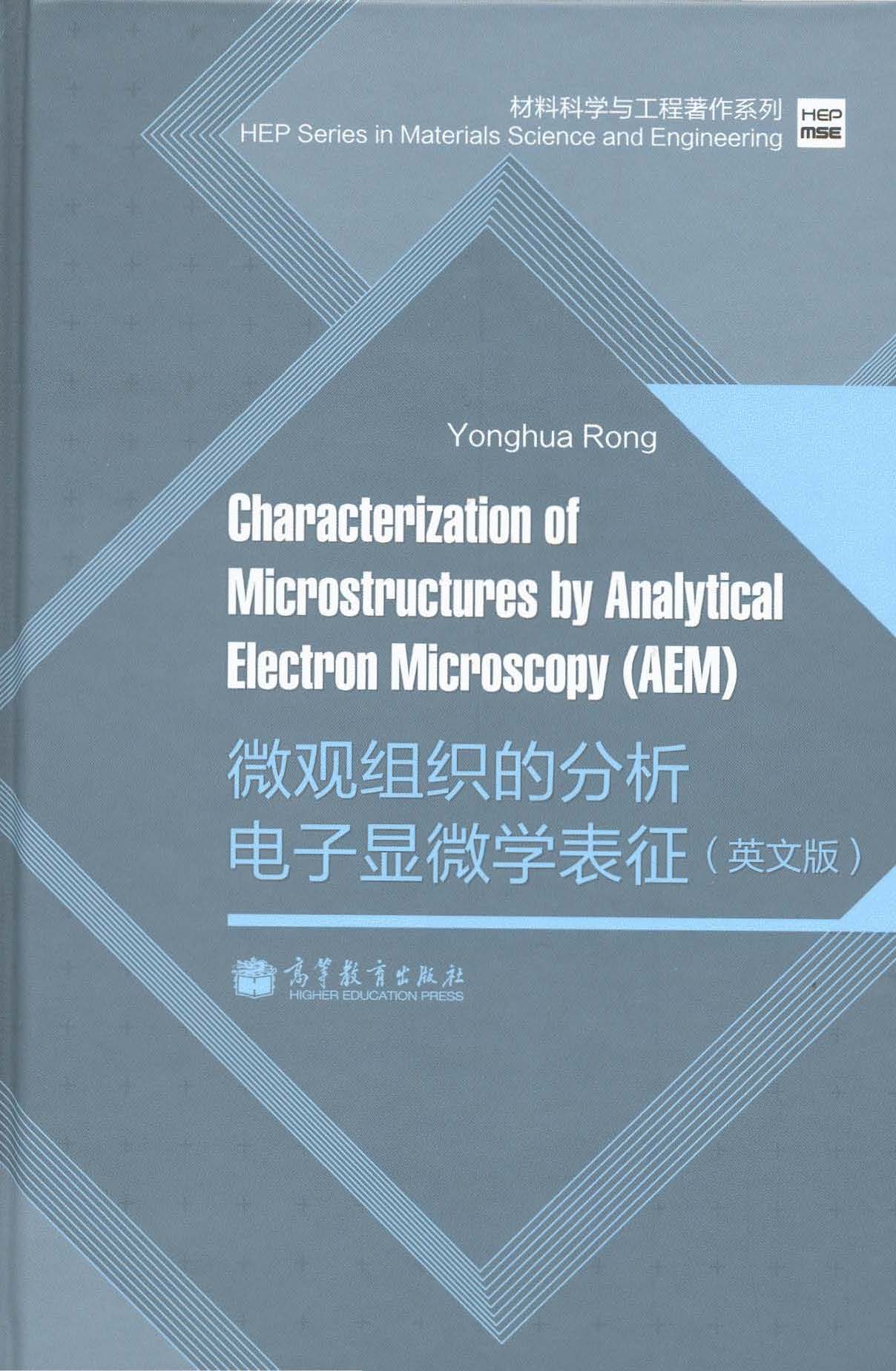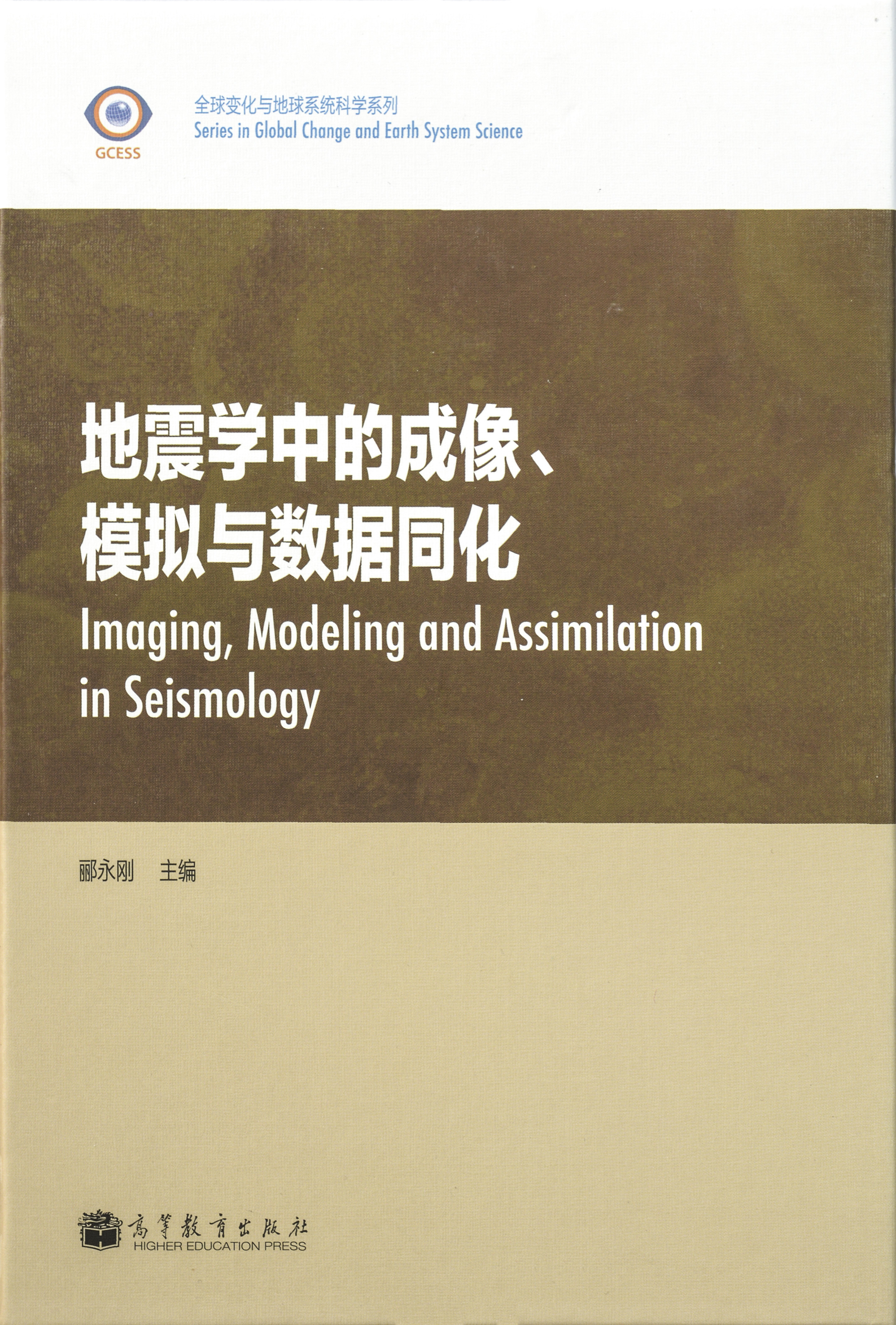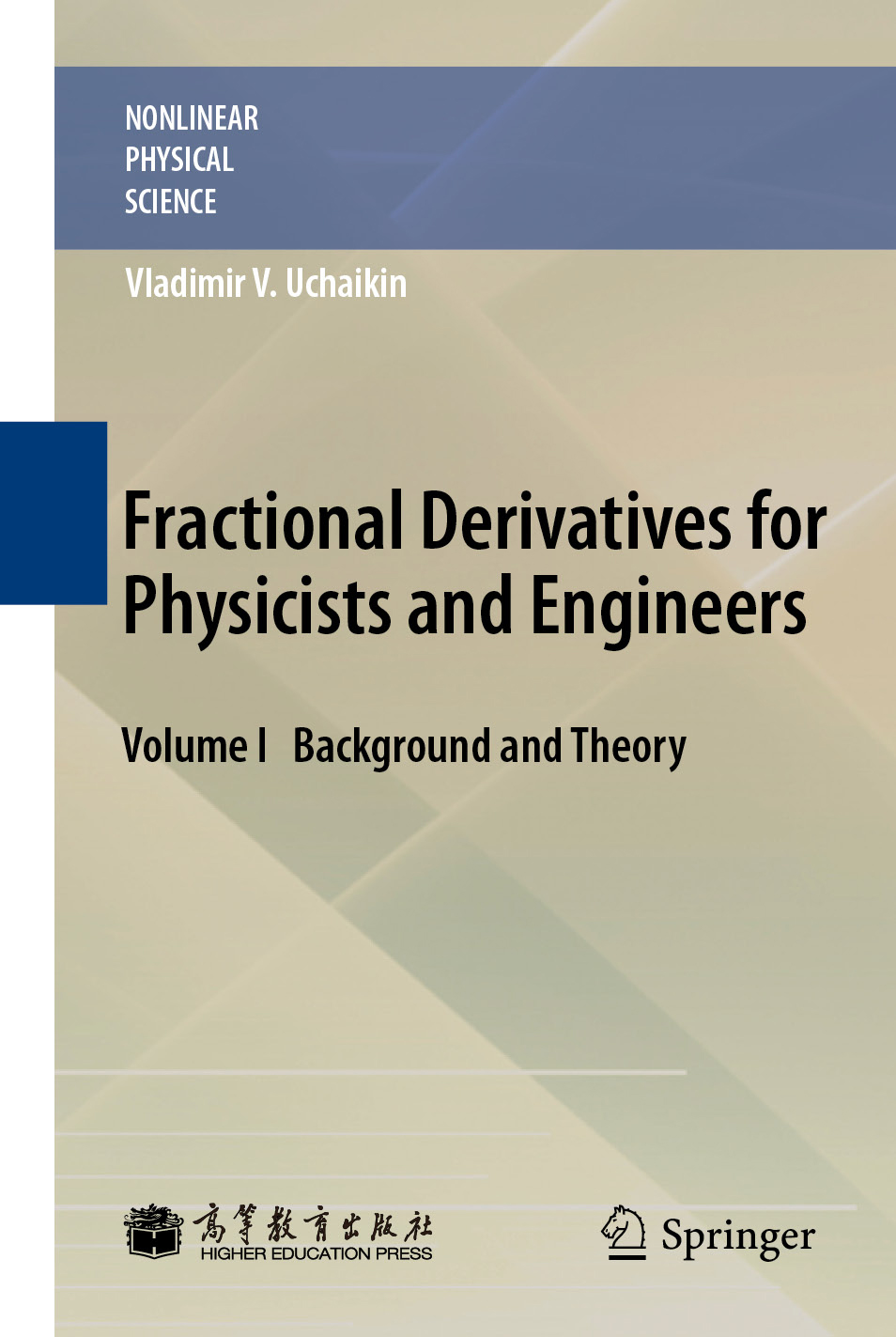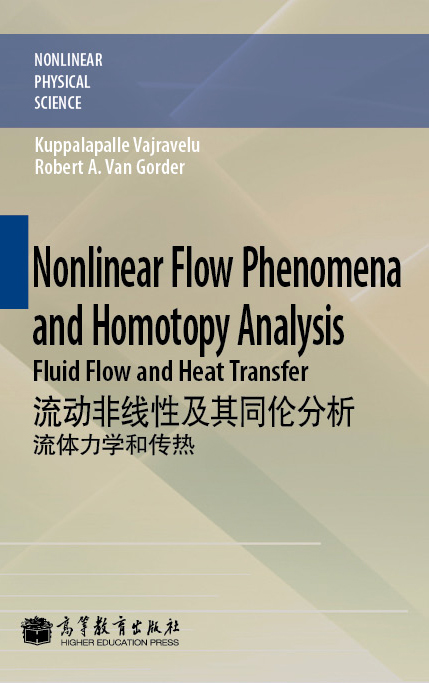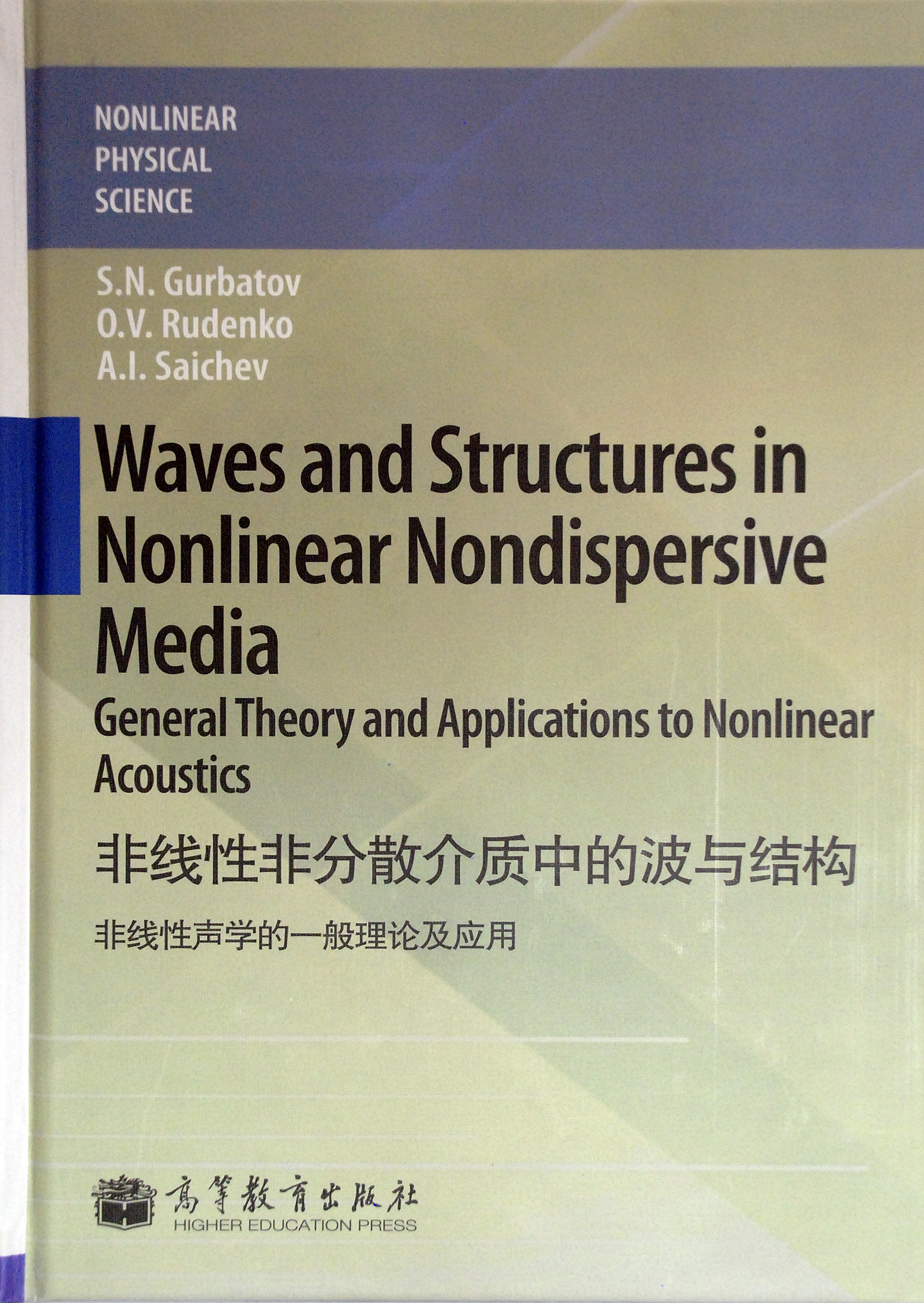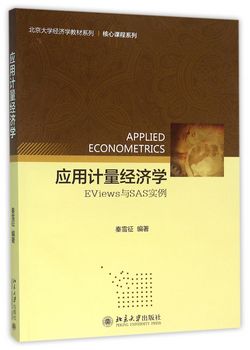李群分析在地球物理流体动力学中的应用(英文版)
定价:¥59.00
作者: Ranis Ibragimov,Nail Ibragimov
出版时间:2011-04
出版社:高等教育出版社
- 高等教育出版社
- 9787040319545
- 1版
- 227509
- 48266026-3
- 精装
- 16开
- 2011-04
- 240
- 228
- 理学
- 数学类
- P3
- 数学、物理、工程
- 本科 研究生及以上
内容简介
《李群分析在地球物理流体动力学中的应用(英文版)》是第一本将李群分析应用于深海内波的传播,并提出了一种新的方法来描述深海非线性波的相互作用的著 作。《李群分析在地球物理流体动力学中的应用(英文版)》的主题思想是通过李群分析来探究深海波动问题,书中提供了非常灵活易懂的内容,涵盖多个研究方 向,其目的是吸引更多的物理学家和数学家利用李群的对称性分析研究非线性物理问题。
《李群分析在地球物理流体动力学中的应用(英文版)》可供对利用李群分析研究物理、工程和自然科学感兴趣的专家及教授参考,也可作为应用数学、物理及工程学专业的研究生关于非线性微分方程的对称性应用课程的教材。
目录
part i internal waves in stratified fluid1introduction2 governing equations2.1stratification2.2linear model for small disturbances2.2.1linearization of the boundary conditions2.2.2linear boundary value problem2.3the boussinesq approximation for nonlinear internal waves incontinuously stratified ocean2.3.1two-dimensional nonlinear boussinesq equations2.3.2dispersion relation and anisotropic property of internalwaves3 two model examples3.1generation of internal waves3.1.1harmonic tidal flow over a corrugated slope3.1.2discussion about the radiation condition3.2reflection of internal waves from sloping topography3.2.1the problem of internal waves impinging on a slopingbottom3.2.2direct answer to the question3.2.3latitude anomaly as an alternative answerpart ii introduction to lie group analysis4 calculus of differential algebra4.1definitions4.1.1main variables4.1.2total differentiations4.1.3differential functions4.1.4euler-lagrange operator4.2properties4.2.1divergence test4.2.2one-dimensional case4.3exact equations4.3.1definition4.3.2first-order equations4.3.3second-order equations4.3.4linear second-order equations4.4change of variables in the space4.4.1one independent variable4.4.2several independent variables5 transformation groups5.1preliminaries5.1.1examples from elementary mathematics5.1.2examples from physics5.1.3examples from fluid mechanics5.2one-parameter groups5.2.1introduction of transformation groups5.2.2local one-parameter groups5.2.3local groups in canonical parameter5.3infinitesimal description of one-parameter groups5.3.1infinitesimal transformation5.3.2lie equations5.3.3exponential map5.4invariants and invariant equations5.4.1invariants5.4.2invariant equations5.4.3canonical variables5.4.4construction of groups using canonical variables5.4.5frequently used groups in the plane6 symmetry of differential equations6.1notation6.1.1differential equations6.1.2transformation groups6.2prolongation of group generators6.2.1prolongation with one independent variable6.2.2several independent variables6.3definition of symmetry groups6.3.1definition and determining equations6.3.2construction of equations with given symmetry6.3.3calculation of infinitesimal symmetry6.4lie algebra6.4.1definition of lie algebra6.4.2examples of lie algebra6.4.3invariants of multizparameter groups6.4.4lie algebra l2 in the plalae: canonical variables6.4.5calculation of invariants in canonical variables7 applications of symmetry7.1ordinary differential equations7.1.1integration of first-order equations7.1.2integration of second-order equations7.2partial differential equations7.2.1symmetry of the burgers equation7.2.2invariant solutions7.2.3group transformations of solutions7.3from symmetry to conservation laws7.3.1introduction7.3.2noether's theorem7.3.3theorem of nonlocal conservation laws8 part hi group analysis of internal waves8 generalities8.1introduction8.1.1basic equations8.1.2adjoint system8.1.3formal lagrangian8.2self-adjointness of basic equations8.2.1adjoint system to basic equations8.2.2self-adjointness8.3symmetry8.3.1obvious symmetry8.3.2general admitted lie algebra8.3.3admitted lie algebra in the case f = 09 conservation laws9.1introduction9.1.1general discussion of conservation equations9.1.2variational derivatives of expressions with jacobians9.1.3nonlocal conserved vectors9.1.4computation of nonlocal conserved vectors9.1.5local conserved vectors9.2utilization of obvious symmetry9.2.1translation of v9.2.2translation of p9.2.3translation of ψ9.2.4derivation of the flux of conserved vectors with knowndensities9.2.5translation ofx9.2.6time translation9.2.7conservation of energy9.3 use of semi-dilation9.3.1computation of the conserved density9.3.2conserved vector9.4conservation law due to rotation9.5summary of conservation laws9.5.1conservation laws in integral form9.5.2conservation laws in differential form10 group invariant solutions10.1 use of translations and dilation10.1.1 construction of the invariant solution10.1.2 generalized invariant solution and wave beams10.1.3 energy of the generalized invariant solution10.1.4 conserved density p of the generalized invariantsolution.10.2 use of rotation and dilation10.2.1 the invariants10.2.2 candidates for the invariant solution10.2.3 construction of the invariant solution10.2.4 qualitative analysis of the invariant solution10.2.5 energy of the rotationally symmetric solution10.2.6 comparison with linear theory10.3 concluding remarksa resonant triad modela. 1 weakly nonlinear modela.2 two questionsa.3 solutions to the resonance conditionsa.4 resonant triad modela.4.1 utilization of the gm spectruma.4.2 model example: energy conservation for two resonanttriadsa.4.3 model example: resonant interactions between 20 000 internalwavesa.5 stability of the gm spectrum and open question on dissipationmodellingreferencesindex

